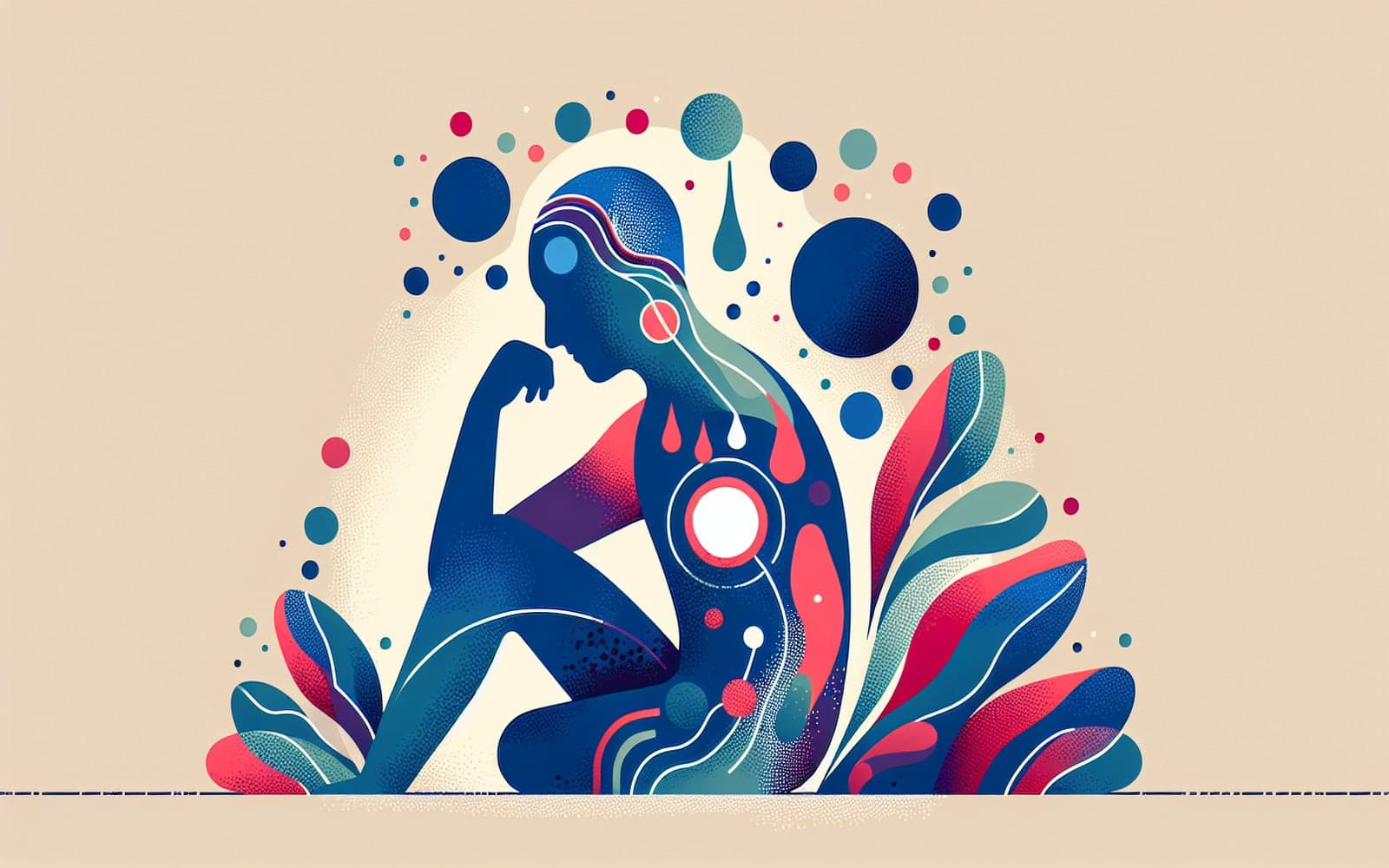Understanding Photosensitivity Disorders: Are You at Risk?
Published: Oct 07, 2023

Medically reviewed by Alan Lucks | MD, Alan Lucks MDPC Private Practice - New York on October 7th, 2023.
Learn about photosensitivity disorders, their signs, and how to determine if you might be affected.
Contents
Common Symptoms of Photosensitivity
Photosensitivity disorders often present as rashes or burns following sun exposure. Other symptoms may include itching, pain, or hive-like lesions. Recognizing these signs early can help in seeking timely medical advice.
Who is at Risk?
Certain individuals, such as those with lupus or genetic conditions, are more prone to photosensitivity. Medications and environmental factors can also increase risk. Understanding your personal risk factors is the first step in managing this condition.

Diagnosing Photosensitivity Disorders
A thorough medical history and skin examination are crucial for diagnosing photosensitivity disorders. Phototesting and other diagnostic tools can further confirm the condition, allowing for appropriate treatment plans.
Frequently Asked Questions
Rashes, itching, and burns after sun exposure.
Individuals with lupus, genetic conditions, or certain medications.
Through medical history, skin exams, and phototesting.
Key Takeaways
Could you be unknowingly living with a photosensitivity disorder?
Consult Doctronic to explore your symptoms and find answers!Related Articles
References
Que SK, Brauer JA, Soter NA, Cohen DE. Chronic actinic dermatitis: an analysis over 25 years. Dermatitis 2011.
This article has been reviewed for accuracy by one of the licensed medical doctors working for Doctronic. Always discuss health information with your healthcare provider.

